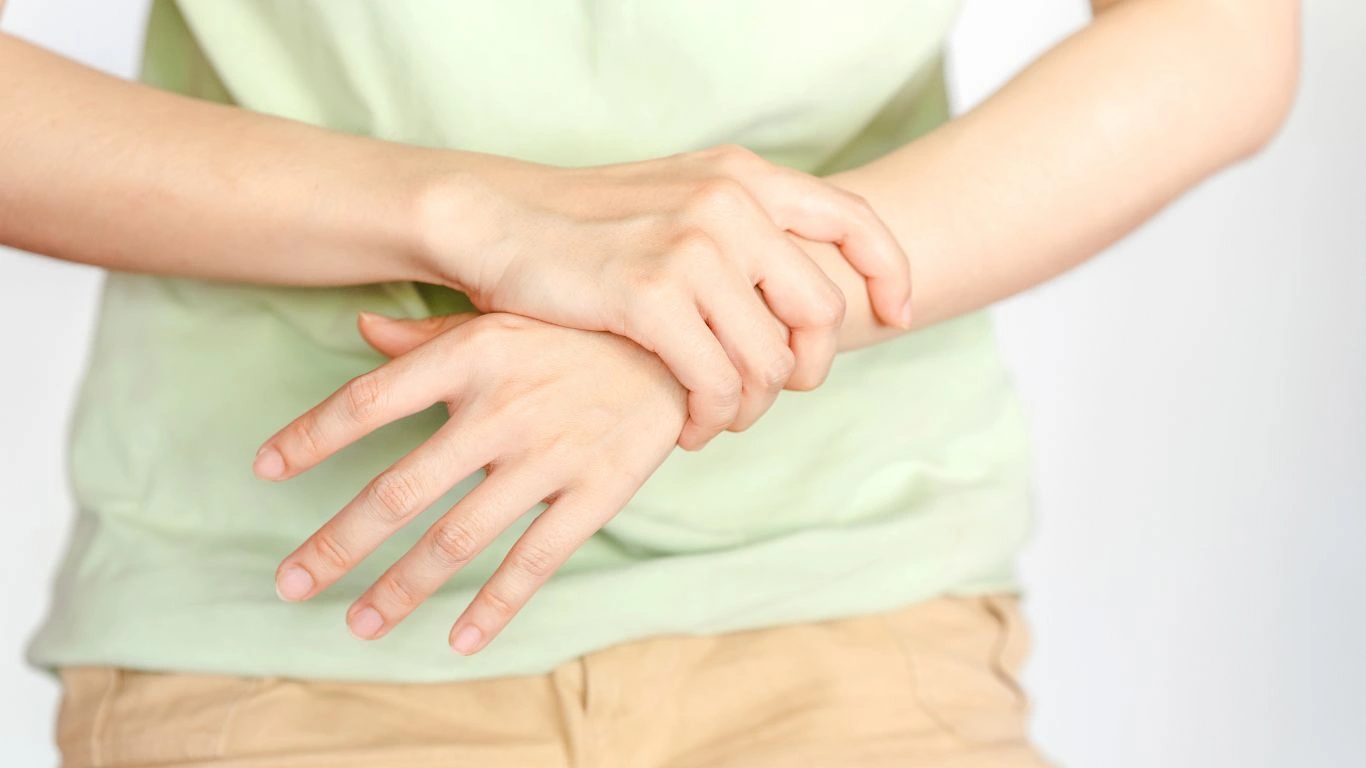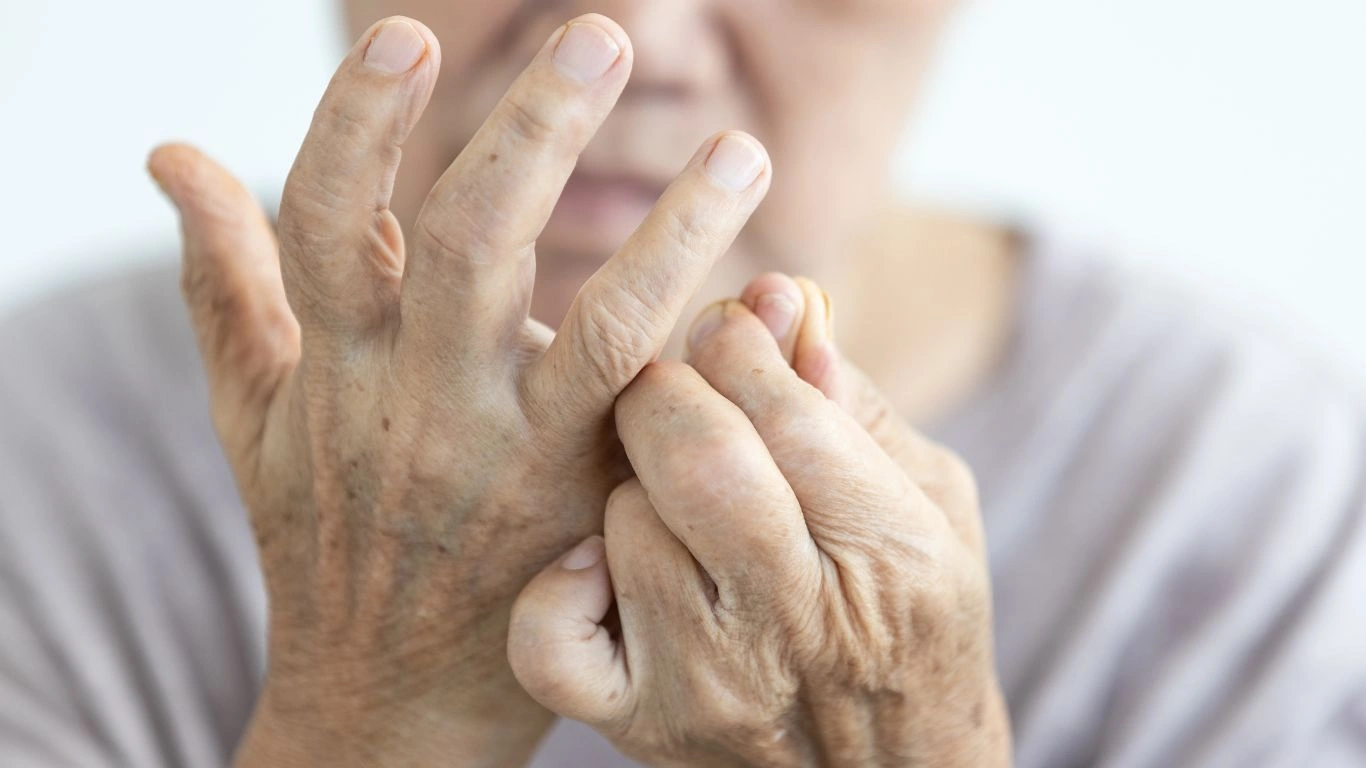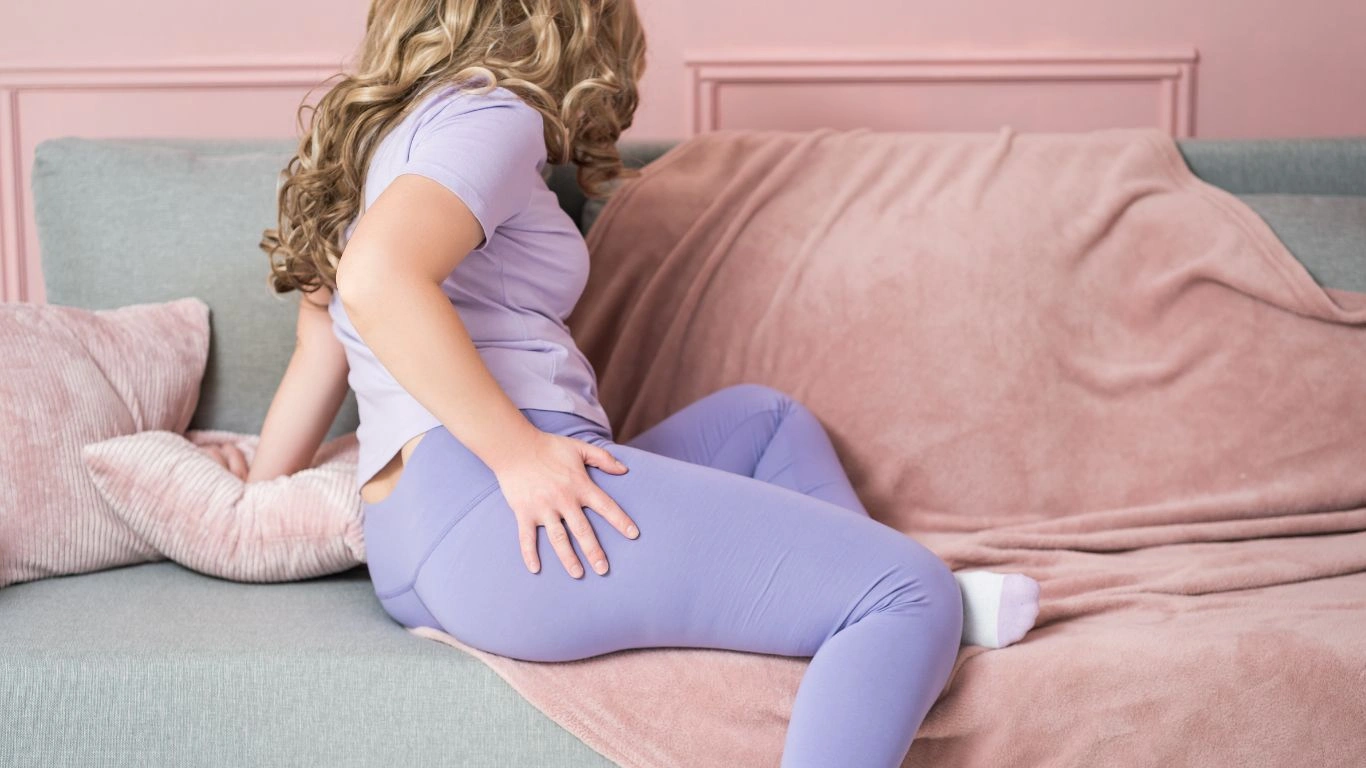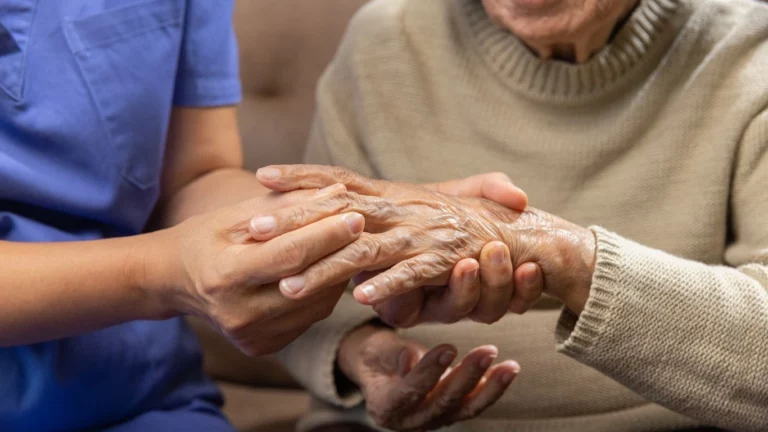Best Hand Exercises for Rheumatoid Arthritis Relief That Really Work
If you’re living with rheumatoid arthritis, especially in your hands, then you know how frustrating those stiff mornings and achy knuckles can be. As a Rheumatology Nurse Practitioner who’s worked with hundreds of patients over the years, I can tell you — managing symptoms isn’t just about medication. Sometimes the best hand exercises for rheumatoid arthritis relief are the ones you can do right at home, with no fancy equipment, just a little consistency and know-how. That’s what I want to share with you today — tried-and-true, joint-friendly hand exercises that I’ve recommended time and time again (and have seen real results with).
Understanding Rheumatoid Arthritis in the Hands

First off, it helps to know why our hands are usually hit the hardest. RA is an autoimmune disease that primarily targets the synovial lining of joints — and the small joints in our fingers, wrists, and hands are often the first to show signs. Swelling, warmth, pain, and reduced function become part of daily life for many folks.
Over time, without proper movement and care, these joints can become damaged — and that’s where hand exercises come in. They help maintain range of motion, reduce stiffness, improve circulation, and even give you a little boost of confidence when you feel your grip improving again. And believe me, that’s a great feeling for anyone who’s been struggling to open a jar or tie their shoes.
Why Hand Exercises Matter More Than You Think

When my patients ask me if movement can really help when everything already hurts, my answer is always the same: Yes — but gently. The best hand exercises for rheumatoid arthritis relief aren’t about pushing through pain or doing reps like you’re at the gym. Instead, they’re about slow, steady mobility that keeps your joints lubricated and your muscles engaged without overdoing it.
We’ve come a long way from the days when people with RA were told to rest and avoid movement. Now we know that strategic, low-impact exercise actually helps protect joint integrity and prevent long-term disability. This is one of the most empowering things I get to teach people in the clinic: You can take control of your symptoms with small, consistent actions.
What Happens If You Don’t Exercise Your Hands?
I don’t mean to sound dramatic, but this is important. Without regular hand movement, your joints can become stiff to the point of being nonfunctional. I’ve seen it happen — fingers that curl inward, wrists that lose all flexibility, and simple tasks becoming impossible.
Here’s the good news: it’s never too late to start. Even patients in their 70s or 80s have seen improvement with gentle routines. Your hands are designed to move — and when they stop, the loss can accelerate fast. So whether you’re newly diagnosed or have been managing RA for years, it’s time to get those fingers moving.
Signs Your Hands Need More Support

Sometimes it’s obvious — you wake up and your hands feel like they’ve turned to stone. Other times, the signs are subtle. Here are a few indicators that your hands might benefit from a little extra care and movement:
- You feel stiffness in your fingers or wrists lasting more than 30 minutes in the morning
- You’re dropping things more often because of grip weakness
- Tasks like buttoning a shirt or using a fork feel unusually difficult
- You’re noticing visible swelling or warmth in the joints
Even one of these signs means it’s time to start thinking about a regular hand care routine. Trust me, your future self will thank you. I’ve seen firsthand how a 5-minute daily routine can make someone feel more capable and independent.
Common Myths About Hand Exercises and RA
There’s a lot of misinformation floating around out there, especially online. I can’t tell you how many times I’ve heard things like:
- “If it hurts, you should stop moving entirely.”
- “Rest is the best medicine for arthritis.”
- “Hand exercises won’t actually help the joints, only the muscles.”
Let’s bust those right now. Mild discomfort during movement is okay — it’s sharp, stabbing pain that should make you stop. And yes, rest has its place, especially during flares, but prolonged inactivity can do more harm than good. As for joint benefits? Exercises do help joints — by promoting synovial fluid production, keeping ligaments and tendons flexible, and encouraging proper alignment.
One of my patients, Marlene, once told me she used to believe hand exercises were a waste of time — until she started doing a daily morning routine I recommended. A few weeks in, she called and said, “I buttoned my shirt today without struggling. First time in months!” That’s the kind of win we’re after.
Quick Tip Before You Begin Any Hand Routine
Always start with a warm-up. Soak your hands in warm water for 5–10 minutes or wrap them in a heated towel. It relaxes the joints and makes exercises more comfortable. I often tell patients to do this while watching the morning news — makes it easy to remember.
My Favorite Gentle Hand Exercises for RA Relief

Alright, let’s get into the good stuff — the actual movements I often recommend to my patients. These are easy, low-impact, and take just a few minutes a day. You don’t need any special tools (though a soft stress ball can come in handy). The trick is to be gentle, consistent, and listen to your body. I always remind my patients: this is not a “no pain, no gain” situation. It’s “move with kindness.”
1. Finger Bends
Start with your hand open. Slowly bend your thumb toward your palm and hold for 5 seconds. Then, straighten it. Do the same with each finger. This is fantastic for flexibility and for maintaining your range of motion — which, let’s face it, is one of the first things to go when RA flares up. I often do this one with my coffee in the morning — just a little wake-up call for the joints.
2. Fist Formation
Form a loose fist with your thumb resting outside your fingers. Don’t squeeze — think of holding a cotton ball. Then, gently open your hand wide. Repeat this about 5 to 10 times. It’s amazing how something this simple can improve grip strength. I remember one gentleman, Sam, who started doing this every day. A few weeks in, he came in excited because he could finally turn his car key without wincing.
3. Tabletop Stretch
Place your hand flat on a table, palm down. Now bend your fingers at the second knuckle so they point upward, keeping your knuckles on the table. It should look like a little tent or tabletop. Hold, release, and repeat. This one always feels weird at first, but it targets some of those smaller joints we tend to ignore.
4. Thumb Touches
Touch the tip of your thumb to the tip of each finger on the same hand, one at a time. It’s a great way to improve dexterity, especially if you’re having trouble with fine motor tasks like buttoning shirts or picking up coins. I had a sweet patient named Elaine who called this the “spider fingers” stretch — and the name just stuck.
5. Wrist Rotations
Extend your arm out in front of you with your palm facing down. Slowly rotate your wrist in a circular motion — clockwise and then counterclockwise. You can also do this with your elbow bent for more comfort. Don’t forget this one! So many people focus only on the fingers, but stiff wrists can cause just as much trouble when it comes to everyday function.
Tools That Can Make Hand Exercises Easier

While you don’t need tools to get started, there are a few simple aids that I’ve found incredibly helpful — both for myself and for patients. Here are a few I often recommend:
- Soft therapy balls: Great for gentle squeezing exercises that improve grip and hand strength.
- Theraputty: This one’s a favorite. It’s like Play-Doh, but designed for hand therapy — and it comes in different resistance levels.
- Finger resistance bands: These tiny bands help you build resistance through extension, not just gripping.
- Warm water basin: Perfect for pre-exercise warmups — your hands will thank you for this step, especially on cold mornings.
One pro tip I always share: keep your tools in a basket by the couch or at your desk. That visual reminder makes it so much easier to turn exercise into a habit. Plus, there’s something kind of satisfying about squishing putty while binge-watching your favorite show — multitasking at its finest.
When to Exercise — And When to Rest

Now let’s talk timing. I know from experience that some days are just not made for movement. If you’re in the middle of a bad flare — swollen, red joints that are hot to the touch — that’s your sign to rest, not push. Ice, elevation, anti-inflammatory meds, and gentle movement (if any) should be your focus.
But on the regular days — those in-between times when the pain is manageable — that’s when daily hand exercises shine. Even 5–10 minutes can make a difference. I usually suggest tying it to an existing habit: after brushing your teeth, while watching the morning news, or during your mid-afternoon coffee break. Habits are easier to build when they’re hooked onto something you’re already doing.
Consistency Is the Secret Sauce
I can’t emphasize this enough: consistency matters more than intensity. A lot of people go hard for a week, don’t see results, and give up. But your joints didn’t get stiff overnight, and they won’t loosen up that way either. Progress in RA is subtle but powerful — like being able to sign your name without cramping, or snap your fingers again (yes, that’s happened!).
One of my patients told me she started using her hand routine as a sort of self-care ritual — warm water soak, gentle movements, soft music. It stopped feeling like “homework” and became a comforting daily practice. That mindset shift? Total game-changer.
Signs Your Routine Is Working
So how do you know if these exercises are actually helping? Here’s what I tell my patients to watch for:
- Morning stiffness doesn’t last as long
- You can grip your coffee mug more easily (a personal favorite test!)
- Swelling feels less intense after consistent routines
- Fine motor tasks — like zipping, buttoning, writing — start getting easier
Don’t expect miracles overnight, but you should start noticing subtle wins within a couple of weeks. And every one of those wins counts. Celebrate them. Seriously — you deserve that.
Advanced Hand Exercises for Long-Term Rheumatoid Arthritis Relief

Once you’ve gotten into a rhythm with the basics, it might be time to level up — just a little. Don’t worry, I’m not talking about turning your living room into a rehab gym. These are still simple exercises, but they focus a bit more on control, resistance, and long-term joint support.
1. Finger Lifts
Place your hand flat on a table, palm down. Gently lift one finger at a time off the surface, then lower it back down. You’ll feel a stretch along the back of your hand. This one’s sneaky — it looks easy but really works the smaller stabilizing muscles. I usually recommend two rounds of this daily, especially for patients who do a lot of typing or writing.
2. Grip and Release with a Soft Ball
Using a soft stress ball (or even a rolled-up sock), squeeze gently, hold for a few seconds, then slowly release. This strengthens the entire hand without straining inflamed joints. One of my patients keeps a stress ball at her kitchen counter and does 10 reps every time she waits for the kettle to boil. It’s all about building habits that don’t feel like a chore.
3. Finger Walking
Stand a hand upright on a table, palm down. Then, “walk” your fingers forward one at a time, like a little inchworm. This boosts fine motor coordination and feels oddly satisfying. You can do it while on a Zoom call — multitasking win!
Daily Habits That Complement Hand Exercises

As much as I love a solid exercise routine, I always tell my patients that movement alone won’t fix everything. Long-term relief from RA takes a bit of a 360-degree approach — think of it like a toolbox, not a single tool. Here are some daily habits that support your joint health and make your exercises even more effective.
- Hydration: Joints need fluid to stay lubricated. If you’re dehydrated, stiffness tends to creep in faster. Try keeping a refillable bottle nearby as a visual reminder.
- Anti-inflammatory diet: I’m not saying you need to go full-blown keto or plant-based overnight, but cutting back on processed foods, sugar, and saturated fats really does help. Omega-3 rich foods (like salmon, walnuts, flaxseed) are rockstars for joint health. You can read more on this at Health.com.
- Mindful movement: Whether it’s yoga, tai chi, or just stretching before bed — keeping your body moving supports circulation and reduces overall inflammation.
- Posture checks: Poor posture affects everything — even your hands! When your shoulders are slouched and wrists are bent at odd angles (hello, laptop use), you’re more likely to strain already sensitive joints.
I also encourage journaling symptoms. Jotting down flare-ups, what you ate, and how much you moved can help spot patterns over time. One patient realized her worst hand flares came after pizza nights — turned out, dairy and gluten were major triggers for her. You won’t know until you start paying attention.
Helpful Assistive Tools for Easier Daily Living
RA in the hands doesn’t just show up during exercise time — it can make everyday tasks a lot harder. But there are so many adaptive tools out there now that can help maintain your independence and reduce strain on those hard-working joints.
- Jar openers and ergonomic kitchen tools: Trust me, you shouldn’t have to fight your peanut butter jar every morning.
- Pen grips and arthritis-friendly writing tools: Especially useful if your handwriting has become less steady over time.
- Button hooks and zipper pulls: Getting dressed shouldn’t feel like a workout — these tools make a huge difference.
- Voice-to-text technology: Save your hands for more important things and let your phone do the typing.
I usually recommend checking out occupational therapy catalogs or asking your rheumatology team for suggestions. You can also browse some great resources over at NIH.gov for updated guidance.
What to Avoid During Hand Exercise Routines
We’ve talked a lot about what to do — but knowing what not to do is just as important.
- Don’t ignore sharp or shooting pain. Mild discomfort is normal, but sharp pain means something’s off. Stop and reassess.
- Avoid overworking swollen joints. During a flare, skip anything that causes added stress.
- Don’t rush the reps. These are precision exercises. Going too fast reduces their effectiveness and can cause strain.
- Skip high-resistance equipment. Leave the heavy resistance bands and grip trainers to the bodybuilders. Your goal is mobility, not max strength.
One of my patients told me she tried a popular online “arthritis hand workout” that left her in a full flare for three days. It was way too aggressive. Please, be careful who you get your advice from — stick with medically-backed approaches from trusted sources like Health.com or your rheumatology care team.
Wrapping It All Together: Small Changes, Big Wins
Living with RA isn’t easy, especially when it feels like even the little things — like buttoning your jeans or holding a spoon — become big obstacles. But I’ve seen the power of consistency, compassion, and education. The best hand exercises for rheumatoid arthritis relief aren’t just about movement; they’re about reclaiming your independence, little by little.
Start small. Find your rhythm. And remember, every tiny movement you make is a step toward better function and less pain. I’ve watched my patients transform their daily lives with nothing more than warm soaks, a few minutes of stretching, and a willingness to try. You’ve got this.
References
Disclaimer
This article is intended for informational purposes only and is based on the professional experiences and clinical knowledge of the author. It should not be used as a substitute for personalized medical advice, diagnosis, or treatment from a qualified healthcare provider. Always consult with your rheumatologist or healthcare team before starting any new exercise or wellness routine.

Tarra Nugroho is a dedicated Nurse Practitioner with a strong foundation in family and preventive care. She brings both compassion and clinical expertise to her practice, focusing on patient-centered care and health education. As a contributor to Healthusias.com, Tarra translates medical knowledge into clear, empowering articles on topics like women’s health, chronic disease management, and lifestyle medicine. Her mission is simple: help people feel seen, heard, and informed—both in the clinic and through the content she creates. When she’s not caring for patients, Tarra enjoys weekend hikes, plant-based cooking, and curling up with a good health podcast.





